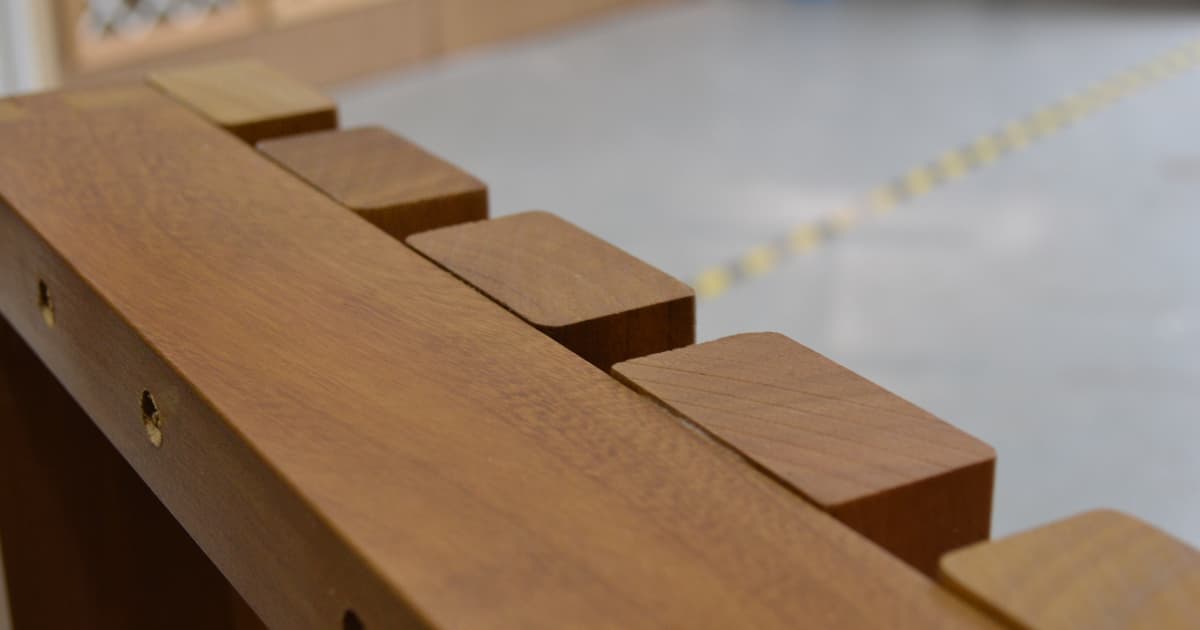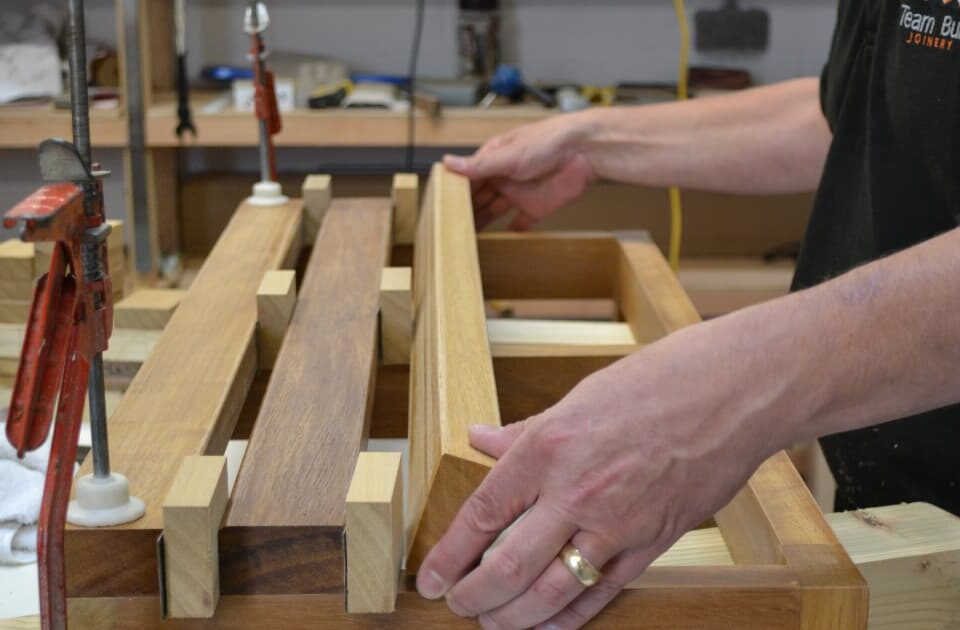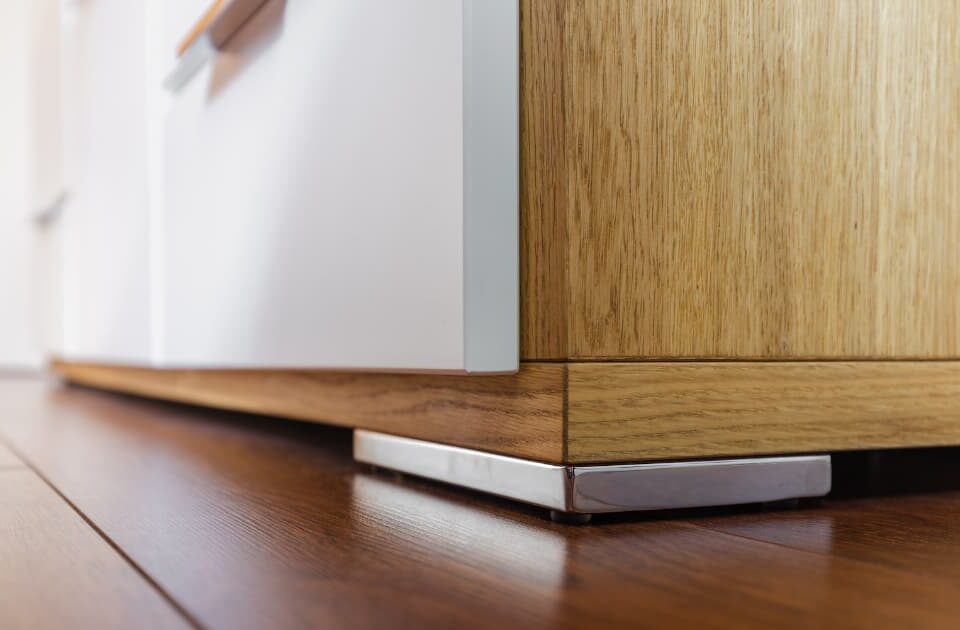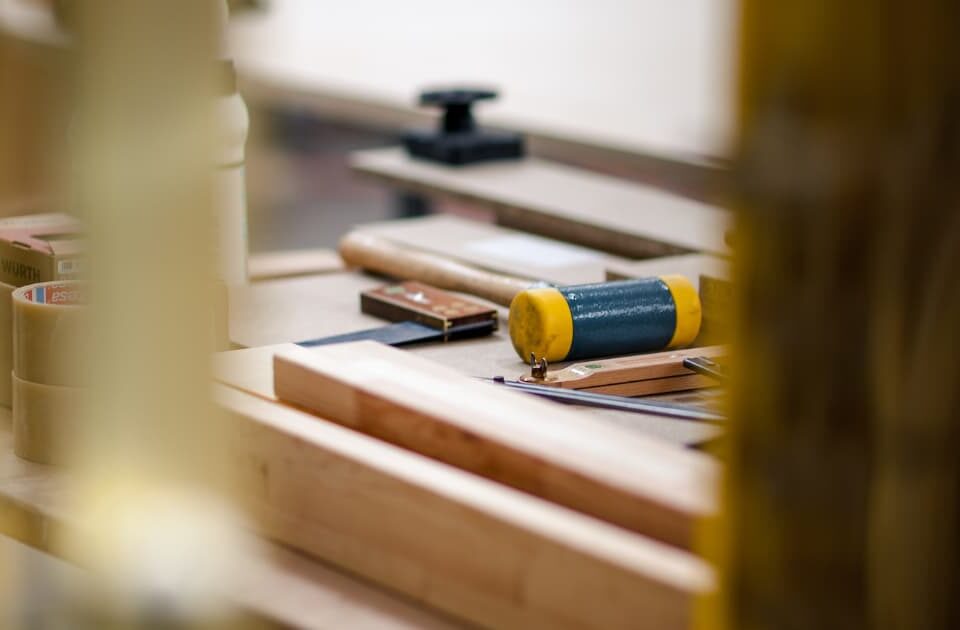Comparing Hardwood, Softwood, and Manufactured Board

The Benefits of Wooden Doors
11th January 2023
The Importance of Quality Craftsmanship in Joinery
8th February 2023From choosing floorboards to designing your ideal dining table and other wood furnishings, what many clients don’t realise is the plethora of choice available – not just in relation to the colour of the wood but also to its construction and core benefits.
With natural wood and manufactured wood products both spearheading the materials market, and the natural wood category breaking down further into hardwood and softwood options, finding the right material for you means understanding your priorities and matching the end design with the best quality, most affordable solutions.
With that in mind, how do hardwood, softwood, and manufactured boards compare with each other?
What is hardwood and what are the benefits of using hardwood?
Hardwood comes directly from the trunk of a tree and is characterised by its strength. If you see a slice of hardwood, you will notice that the rings are close together showing that it has grown more slowly – with each ring indicating another year of growth. The closer together the rings, the stronger the wood.
Another indicator of hardwood comes from its seeds – which are always characterised as having some kind of outer shell, be it a fruit or a casing of some sort. Finally, hardwood tends to be darker in colour and will almost always be the most expensive option on the market – but what are the benefits?
Strength is of course a huge benefit, especially for companies in the joinery industry like ours. When you use a hardwood for bespoke furniture creation or to build an area of a client’s home or property, you can rest assured that hardwood will offer a durable finish and will withstand the test of time – with some good examples being mahogany, birch, ash, and oak to name just four.
What is softwood and what are the benefits of using softwood?
In direct contrast with hardwood, softwood grows much more quickly – as indicated by the much larger gaps between the rings which indicate annual growth. With most of the softwood used in construction and joinery coming from coniferous trees, it follows that the wood tends to be lighter in colour and loose in structure, making it easier to manipulate and shape by creators and craftsmen.
A particularly popular wood for use across outside furniture and decking, softwood is more waterproof than hardwood and does not suffer from the same warping as hardwood when it gets wet. In addition, softwood is much more cost effective and cheaper to get your hands on – though it does not offer the same durability as hardwood, meaning it is unsuitable for flooring.
Some examples of softwood which are used in joinery and other interior projects include cedar, pine, and spruce.
What is manufactured board and why is it a good option?
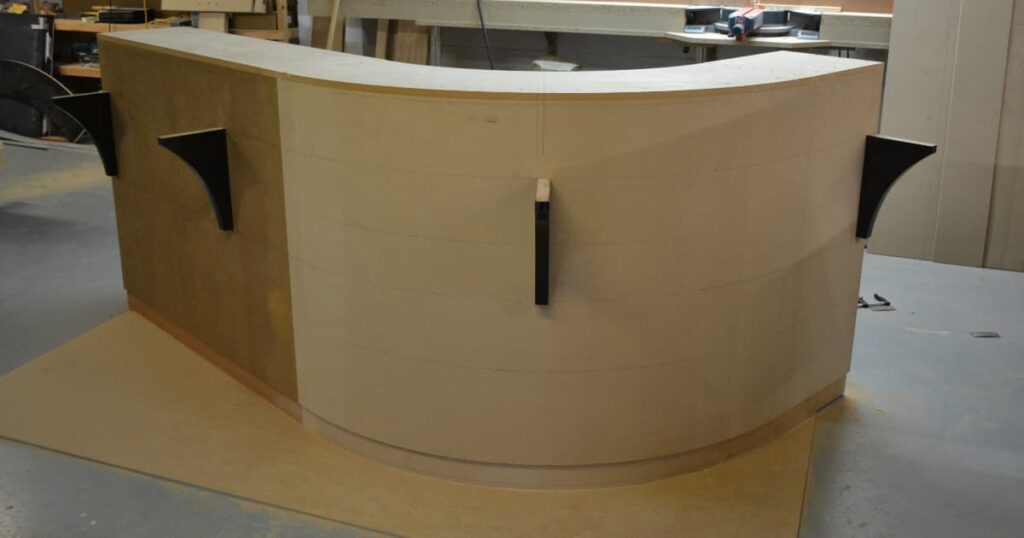
Manufactured board is, for the most part, not really wood at all – aside from the contents being offcuts and shavings, often topped with a thin layer of natural wood to give it the same authentic aesthetic as a plank of wood.
Made from by-products of wood carving and processing, manufactured board is an umbrella term which refers to a number of different types of material – many of which you will be familiar with like plywood and chipboard which can be used to make everything from cheaper furnishings to shelves, headboards, floor planks, and more.
To consider the benefits of manufactured boards compared with natural wood, the number one benefit is the versatility of the material and the fact that it can be engineered to create perfect boards of an even thickness, boasting different properties depending on the desired use. For example, manufactured boards can be strengthened or coated in a waterproof layer for optimum results.
Finally, manufactured boards can be finished with your choice of aesthetic colour and grain pattern, making it easily the most versatile in terms of the end result.
Hardwood vs. softwood vs. manufactured wood – which is best?
As a specialist joinery company, we work with all three materials for different projects – utilising their unique properties and plethora of benefits to our advantage, whether building furniture, fitting shelves and cabinets, or laying the best floor for a home or community space.
Aside from understanding the practical benefits of the different wood products, it is important to consider cost and your budget, as well as which will best compliment your interior surrounding space. For more advice and to discuss the best material for your joinery or construction project, get in touch today.

